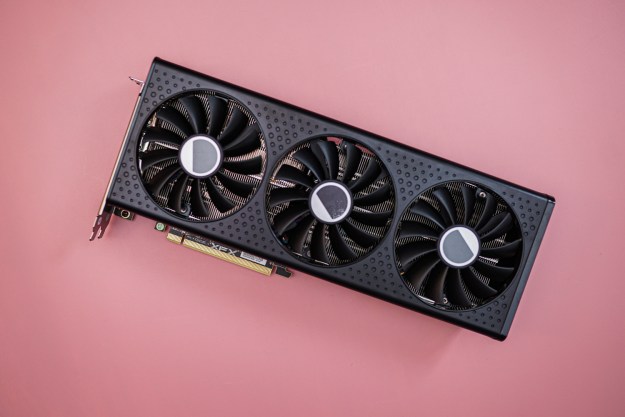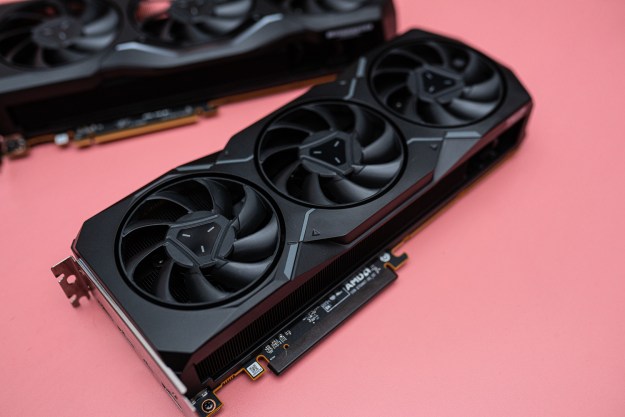AMD and Nvidia don’t typically reference each other by name at public events, but at its RX 7000 and RDNA 3 launch, AMD just made some indirect nods to Nvidia’s recent problems with melting power adapters.
“There’s no need to rebuild your desktop. No need to upgrade your case. And there’s no need for a new power adapter,” said Scott Herkelman, head of graphics at AMD, with a sly smile on his face. “We made it as easy as pulling out your old card and putting in a new one.”

The comment was met by a smattering applause from the crowd, happy to praise AMD’s use of more conventional power adapters. The reference made by AMD is to Nvidia’s recent problems with its RTX 4090.
Nvidia has been using the smaller 4×8-pin power connection since the RTX 30-series line, which requires an adapter to a standard 16-pin. The connection is awkward and ugly when installed in a case, but when it came to the
This happened despite the fact that prior to launch, Nvidia made confident statements about the 8-pin connector not having problems, despite the new 450-watt power draw of the new GPU.
By contrast, AMD’s new RX 7900 XTX and 7900 XT both use a standard 16-pin connector, which avoids any potential overheating problems and doesn’t require an adapter to plug into your power supply.

The comment about not needing a new case made by Herkelman is also a reference the size of the RTX 4090, which remains larger than some PC cases can support. Both the RX 7900 XTX and 7900 XT are a “2.5 slot size,” compared to the triple-slot design of the
AMD also directly called out “its competitor” when talking about ports. The RX 7900 XTX and 7900 XT both support DisplayPort 2.1, which allows for higher refresh rates at high resolutions, including up to 165Hz 8K. The
Of course, the most important direct comparisons between the RX 7900 XTX and the RTX 4090 weren’t mentioned. AMD did call its own GPU the “most powerful GPU under $1,000,” but that’s not saying much considering how expensive Nvidia’s latest cards are. We’ll have to wait until we get the new AMD GPUs in next month to see how the direct performance comparisons play out.
Editors' Recommendations
- RTX 4090 owners are in for some bad news
- You shouldn’t buy these Nvidia GPUs right now
- Nvidia is the ‘GPU cartel,’ says former AMD Radeon manager
- Nvidia just fixed a major issue with its GPUs
- The Nvidia RTX 4080 Super just trounced AMD


